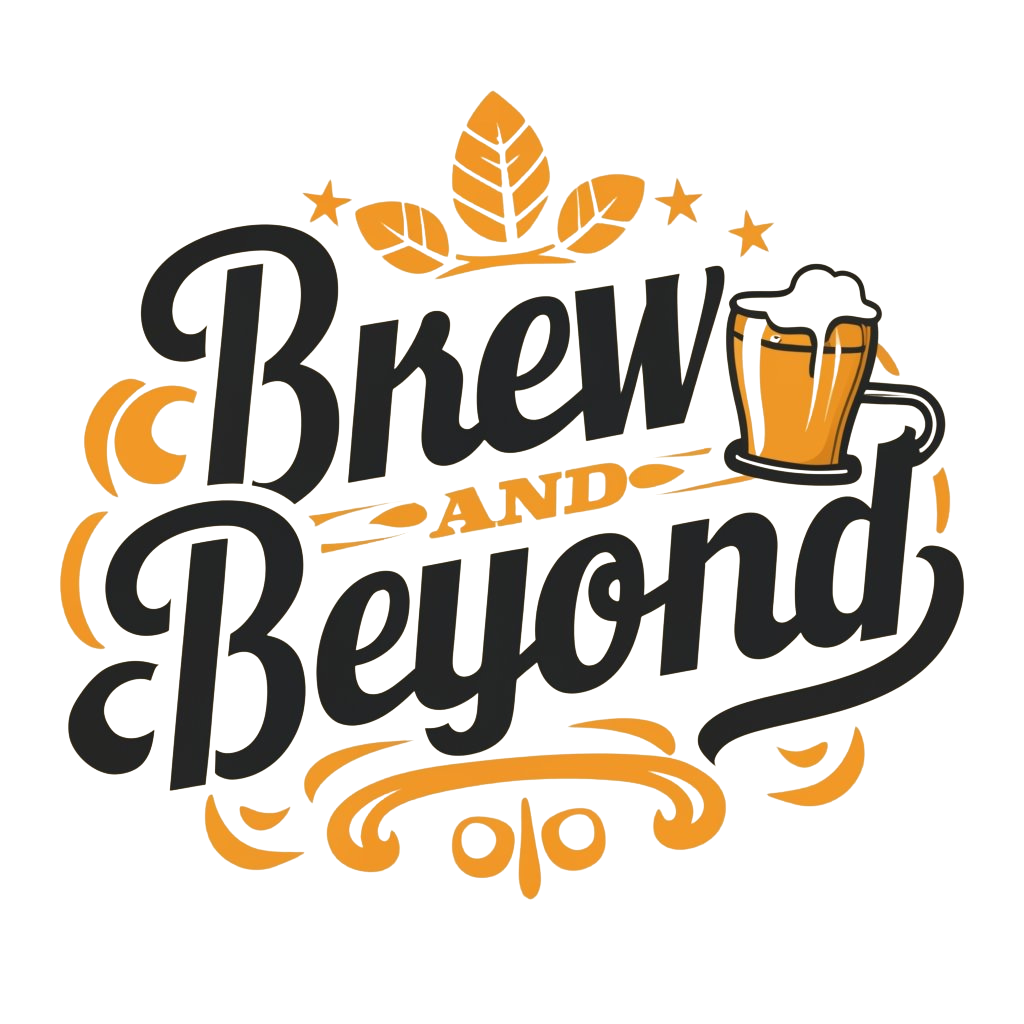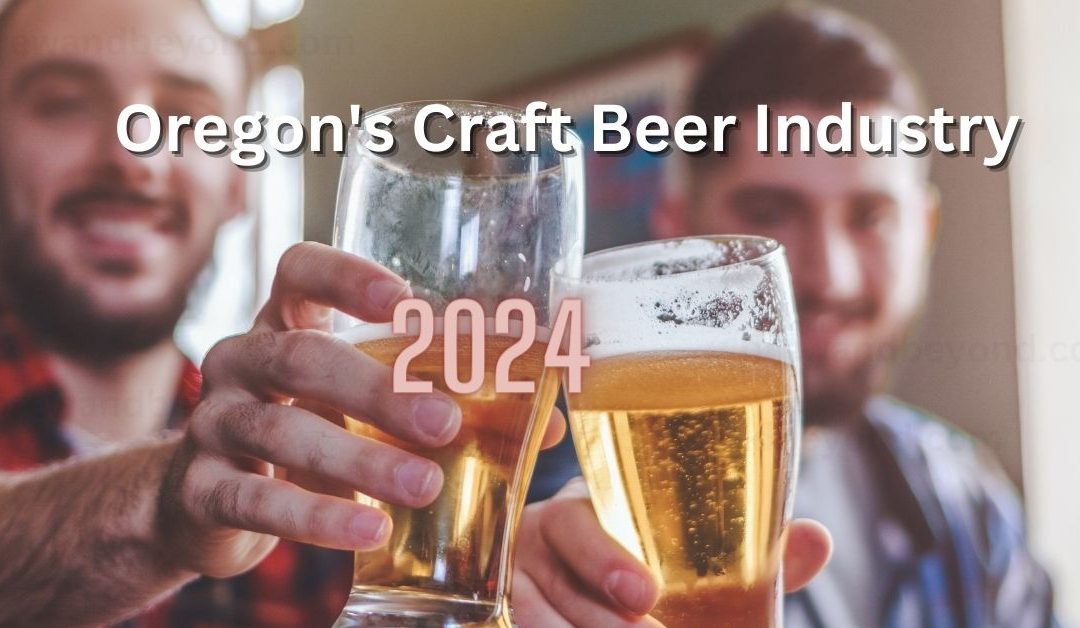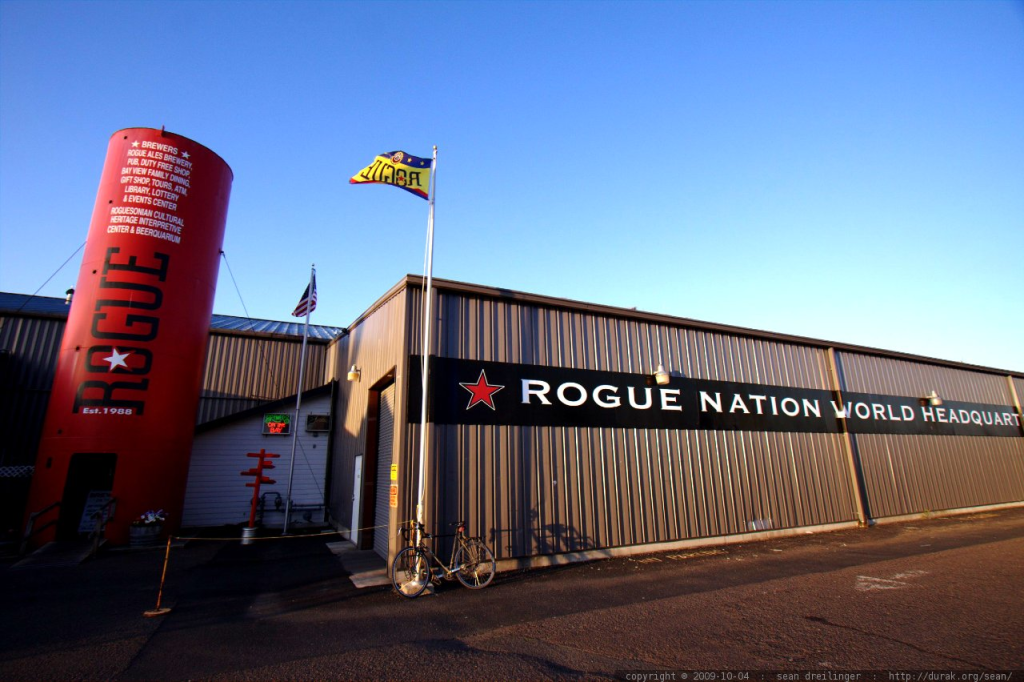Introduction to Oregon’s Craft Beer Industry
Oregon’s craft beer industry, renowned for its innovative and diverse offerings, has long been a cornerstone of the state’s cultural and economic landscape. Home to a vibrant community of brewers, Oregon has carved out a reputation as a haven for craft beer enthusiasts. We will explore the history of this dynamic industry and its significant impact on the local economy.
Historical Roots and Growth of Oregon’s Craft Beer Industry
The roots of Oregon’s craft beer industry are deep and rich, driven by pioneers who have established the state as a beacon of brewing innovation in the United States. Here are some notable breweries that have played pivotal roles in shaping the craft beer scene in Oregon:
- Widmer Brothers Brewing: Founded in 1984 by brothers Kurt and Rob Widmer in Portland, Widmer Brothers is one of the pioneering craft breweries not only in Oregon but in the nation. Widmer Brothers helped popularize the American Hefeweizen style, which became a staple among U.S. craft beers.
- Deschutes Brewery: Opened in 1988 in Bend, Deschutes Brewery has grown from a small brewpub into one of the largest craft breweries in America. Known for their Black Butte Porter and Mirror Pond Pale Ale, Deschutes has been a major influence in promoting craft beers that feature bold flavors and innovative brewing techniques.
- Rogue Ales: Since its establishment in 1988 in Ashland, and later moving to Newport, Rogue Ales has embraced a distinctly Oregonian approach to brewing. They are known for their unconventional beer styles and a commitment to using local, DIY ingredients, which have garnered them national acclaim.
- Full Sail Brewing: Launched in 1987 in Hood River, Full Sail was one of Oregon’s early craft breweries and has won numerous awards for their balanced and classic beer styles. They are respected for their sustainable practices and employee-owned business model.
These breweries not only contributed to Oregon’s reputation as a craft beer haven but also helped ignite a passion for craft brewing across the state. Their commitment to quality and innovation continues to inspire a new generation of brewers and beer enthusiasts in Oregon and beyond.
- Economic Contribution: The craft beer industry in Oregon is a major economic engine. According to recent reports from the Oregon Brewers Guild, the industry provides about 50,000 jobs and contributes nearly $9 billion to the state’s economy annually. The proliferation of breweries, brewpubs, and taprooms across the state underscores the industry’s significant role in both urban and rural economic development.
The resilience and creativity of Oregon’s craft brewers are evident in their ability to adapt to changing market conditions and consumer preferences. However, like any dynamic industry, Oregon’s craft beer scene faces its own set of challenges. Rising costs, shifting consumer habits, and increased competition from non-traditional alcoholic beverages have all impacted the market. Despite these challenges, the community’s passion for quality and innovation continues to drive the industry forward, reflecting the robust nature of Oregon’s craft beer culture. In response to evolving market dynamics, breweries have increasingly turned to diversifying their product offerings and enhancing taproom experiences to attract a broader audience.
As we delve deeper into the complexities and contributions of this industry, it’s clear that Oregon’s craft brewers are not just creating beer; they are cultivating a rich community experience centered around a shared passion for craft brewing. The ongoing support from the community and initiatives by entities such as the Brewers Association highlight the collaborative spirit that is essential for the industry’s sustainability and growth.
Is It Still An Oregon Craft Beer Boom?
While Oregon was previously considered a major hub for innovative and thriving craft breweries, especially in cities like Portland and Bend, the industry is now facing significant challenges and a decline in recent years. Some key points indicating the craft beer boom is over:
- Oregon lost around 30 breweries in 2023 due to depressed draft beer sales and rising costs, with even more breweries contracting or struggling financially.
- Draft beer sales have continued to decline as consumer habits have shifted towards canned cocktails, seltzers, and non-alcoholic options which have lower profit margins for breweries.
- Breweries are having to adapt by offering more events, activities, and gathering spaces beyond just serving beer to drive foot traffic.
- Major breweries like Laurelwood have closed retail locations as profit margins disappeared due to changing consumer habits and increased competition from food/drink delivery services.
- The pandemic disrupted the traditional brewery business model of serving pints to on-site customers, forcing many to find alternative ways to stay afloat.
So while Oregon was once at the forefront of the craft beer craze, the boom appears to have subsided as breweries now face more challenges than ever to remain viable amidst evolving market conditions and consumer preferences.
Challenges Facing the Oregon Craft Beer Industry
Oregon’s craft beer industry, while flourishing in many aspects, faces several significant challenges that could shape its future. From economic pressures to changes in consumer behavior, these hurdles necessitate strategic responses from brewers to maintain their growth and relevance in a competitive market.
- Economic Challenges and Market Pressures: Economic factors play a pivotal role in the viability of craft breweries. Rising costs for ingredients and brewing equipment strain budgets, especially for smaller, independent breweries. This financial pressure is compounded by Oregon’s relatively high taxation rates on alcoholic beverages, which can inhibit profit margins. Furthermore, the craft beer market in Oregon is maturing, leading to intensified competition not just among local breweries but also against large-scale producers and alternative alcoholic products like canned cocktails and seltzers. These competitors often enjoy broader distribution networks and economies of scale, which can edge out smaller local operations.
- Consumer Behavior Changes: The preferences and habits of beer drinkers have shifted notably over recent years, influenced by broader lifestyle trends and economic factors. One significant trend is the declining interest in traditional draft beer, as consumers increasingly favor the convenience of packaged products, which are easier to consume at home. This shift has been accelerated by the proliferation of home delivery services and the lasting impacts of social distancing norms. Moreover, there’s a growing demand for non-alcoholic beer options and beverages with lower calorie counts, driven by heightened health consciousness among consumers.
These challenges are formidable, yet they also offer avenues for innovation and adaptation. Oregon’s craft brewers have been navigating these turbulent waters by diversifying their product lines and rethinking their marketing strategies. The next section will explore how these adaptations are not just helping them survive but also thrive in a changing landscape.
Adaptations and Innovations in Oregon’s Craft Beer Industry
As challenges mount, Oregon’s craft brewers are not merely reacting defensively but are actively innovating to stay ahead. They’re reshaping their business models, broadening their market appeal, and leveraging their unique strengths to captivate both new and long-time beer enthusiasts.
- Diversifying Product Offerings: In response to changing consumer tastes and the broader industry challenges, many Oregon breweries have expanded their product lines beyond traditional beers. This includes the introduction of non-alcoholic options and low-calorie beers, which cater to health-conscious consumers. Some breweries have also ventured into the rapidly growing market of hard seltzers, blending craft brewing techniques with popular flavors to appeal to a wider audience. This strategy not only helps tap into new customer segments but also compensates for the declining sales in more traditional categories.
- Enhancing Taproom Experiences: With the shift towards packaged goods, the importance of creating compelling reasons for customers to visit taprooms has never been more critical. Oregon brewers are transforming their taprooms into community hubs by hosting a variety of events and activities. From live music performances and local art displays to crafting classes and book clubs, these events create a vibrant, community-oriented atmosphere that encourages repeat visits. Moreover, many are enhancing their on-site experiences with food offerings, either by partnering with local food trucks or by incorporating their own small kitchens, which help to increase the duration and enjoyment of customer visits.
These initiatives reflect a dynamic industry that is adept at navigating market shifts and consumer trends. By focusing on innovation and community engagement, Oregon’s craft brewers are not just surviving—they are thriving, building deeper connections with their communities, and setting new trends in the craft beer industry. The final section will discuss how these strategies position the industry for future growth and the ongoing support needed from both consumers and policymakers to sustain this vital sector of Oregon’s economy.
Future Outlook and Industry Predictions for Oregon’s Craft Beer Sector
As we look to the future, Oregon’s craft beer industry stands at a crossroads, with potential paths leading to renewed growth or continued challenges. The resilience and ingenuity displayed by local brewers suggest a bright future, but sustained support and innovative strategies will be key to navigating the uncertainties ahead.
- Predictions for the Next Five Years: Industry experts anticipate that the trends toward diversification in product offerings and enhanced taproom experiences will continue to evolve. There is a growing sense that the successful breweries of the future will be those that can combine exceptional brewing artistry with savvy marketing and an acute understanding of consumer trends. Furthermore, as environmental sustainability becomes increasingly important to consumers, breweries that invest in sustainable practices and technologies are likely to gain a competitive edge.
- The Importance of Community and Consumer Support: The success of the craft beer industry in Oregon has always been deeply intertwined with community support. Breweries act as community centers and cultural hubs, fostering a sense of local pride and participation. For these businesses to thrive, continued consumer engagement is crucial. This involves more than just buying local beer; it includes participating in brewery-hosted events, advocating for supportive local policies, and promoting Oregon’s breweries to a wider audience. The collective effort of consumers, businesses, and policymakers will determine the trajectory of Oregon’s craft beer scene. Local breweries need to remain adaptive and proactive, but they also require an environment that nurtures creativity and supports small businesses. With these elements in place, the craft beer industry in Oregon can continue to be a source of innovation, enjoyment, and economic vitality.
As the craft beer landscape continues to evolve, the spirit of innovation and community that defines Oregon’s brewers remains a beacon for what the industry can aspire to achieve. Embracing these values will not only help individual breweries succeed but will also ensure the ongoing vibrancy and resilience of the entire sector.
© 2024 by brewandbeyond.com. All rights reserved. No part of this document may be reproduced or transmitted in any form or by any means, electronic, mechanical, photocopying, recording, or otherwise, without prior written permission of brewandbeyond.com.



